OpenAI has built an experimental large language model that is far easier to understand than typical models, shedding light on how large language models (LLMs) work in general. The model, which is still in its experimental phase, is a significant breakthrough in the field of artificial intelligence, as it allows researchers to better understand why LLMs hallucinate, go off the rails, and how far they can be trusted with critical tasks.
According to a report, the new model was built on top of OpenAI's existing technology, and it has been designed to be more transparent and explainable than previous models. This means that researchers can now see how the model is making decisions and why it is producing certain outputs. "This is a big deal because today's LLMs are black boxes," said a researcher at OpenAI. "Nobody fully understands how they do what they do, and this new model is a step towards changing that."
The new model is still in its experimental phase, but it has already shown promising results. It has been tested on a variety of tasks, including language translation and text generation, and it has performed well in comparison to other LLMs. The model's transparency also makes it easier to identify and fix errors, which is a major advantage over previous models.
Large language models have become increasingly popular in recent years, with applications in areas such as language translation, text generation, and chatbots. However, they have also been criticized for their lack of transparency and accountability. The new model from OpenAI is a significant step towards addressing these concerns and making LLMs more trustworthy and reliable.
Google DeepMind has also been working on a new video-game-playing agent called SIMA 2, which can navigate and solve problems in 3D virtual worlds. The agent was built on top of Gemini, Google DeepMind's flagship large language model, and it has been designed to be more general-purpose than previous agents. According to a spokesperson for Google DeepMind, the new agent is a significant step towards creating more advanced robots that can interact with the physical world.
The development of more transparent and explainable AI models is a significant step towards creating more trustworthy and reliable AI systems. It also has implications for society, as it could lead to the development of more advanced robots and machines that can interact with humans in a more natural and intuitive way. However, it also raises concerns about the potential risks and consequences of creating more advanced AI systems.
The current status of the new model from OpenAI is that it is still in its experimental phase, and it is being tested and refined by researchers. The model is expected to be released to the public in the near future, but no specific date has been announced. Google DeepMind's SIMA 2 agent is also still in its early stages of development, but it has already shown promising results in its ability to navigate and solve problems in 3D virtual worlds.
Overall, the development of more transparent and explainable AI models is a significant step towards creating more trustworthy and reliable AI systems. It also has implications for society, and it raises concerns about the potential risks and consequences of creating more advanced AI systems.



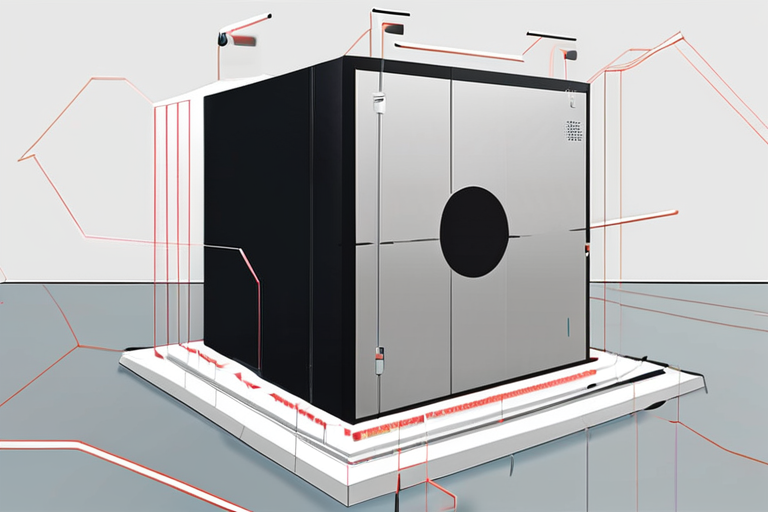


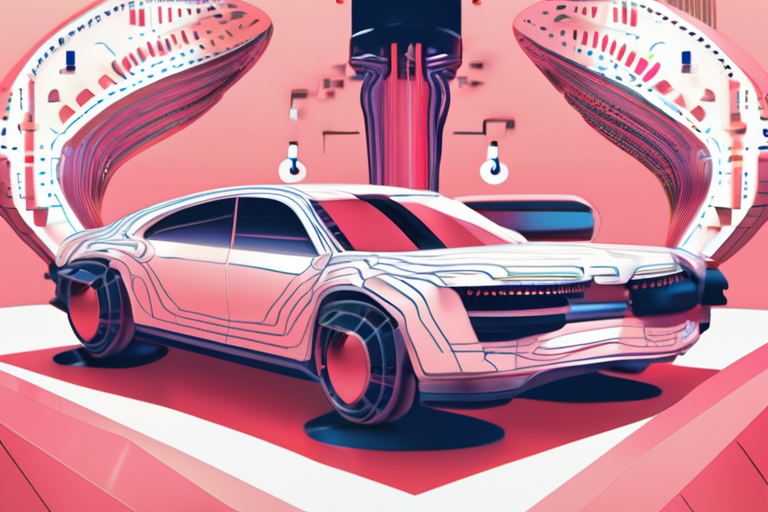



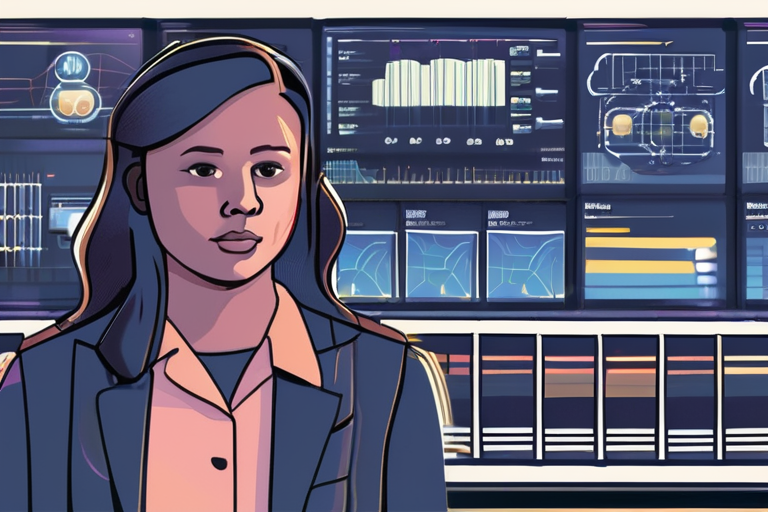
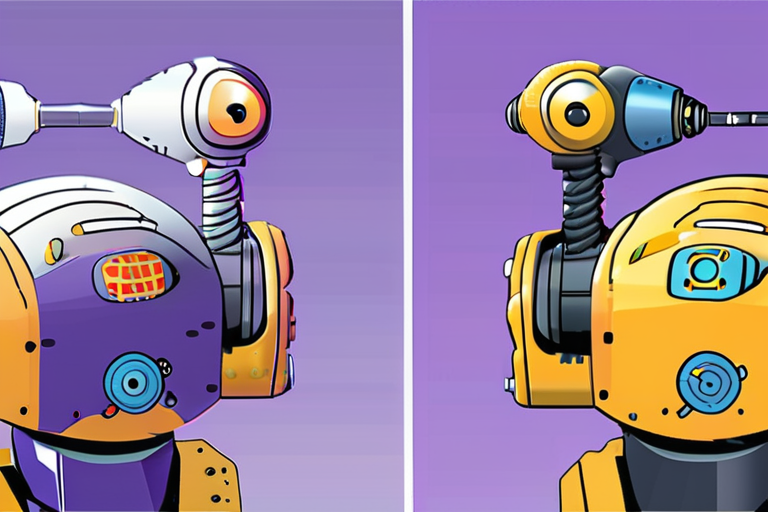


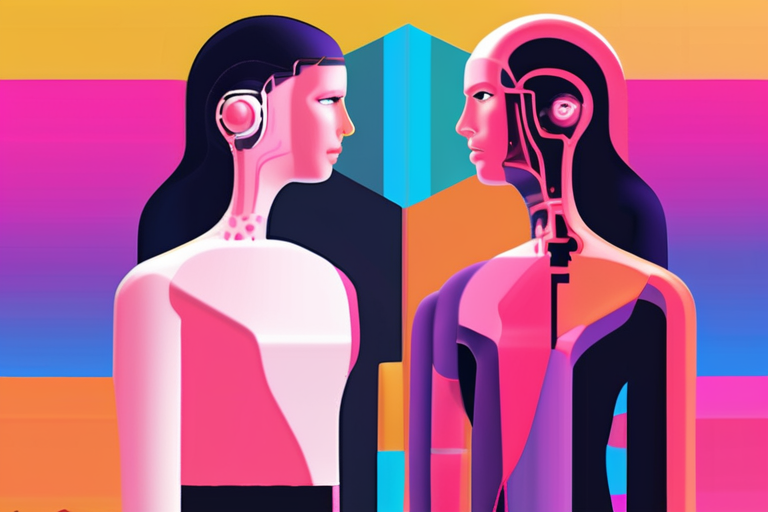
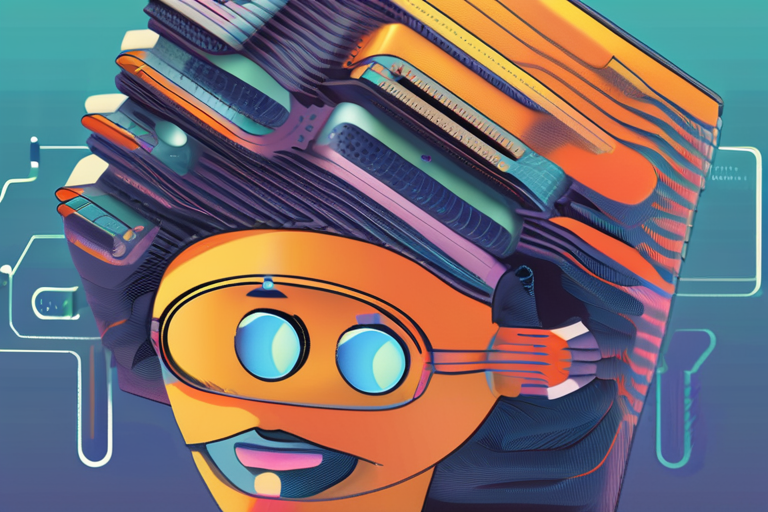
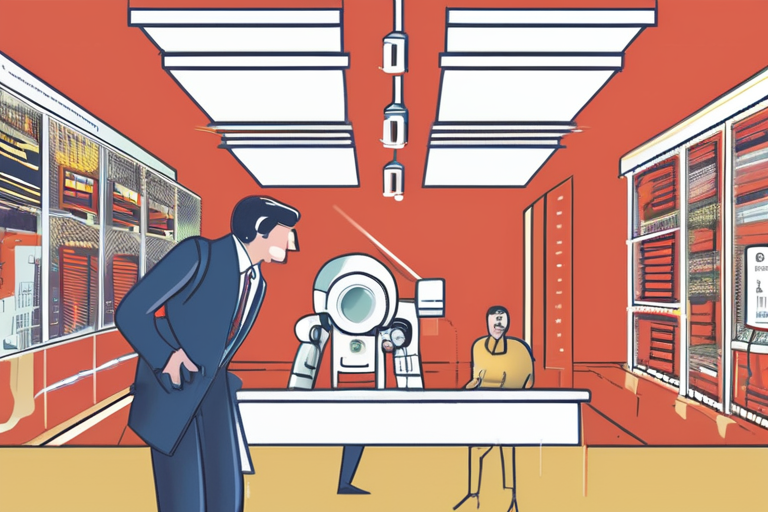
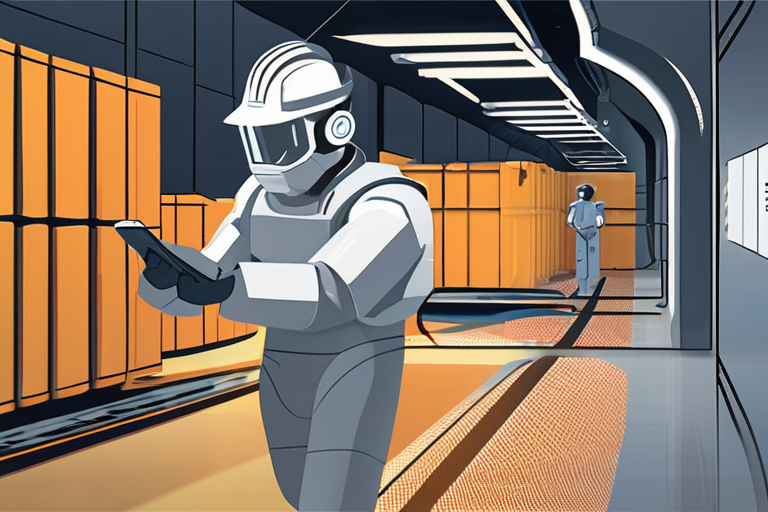



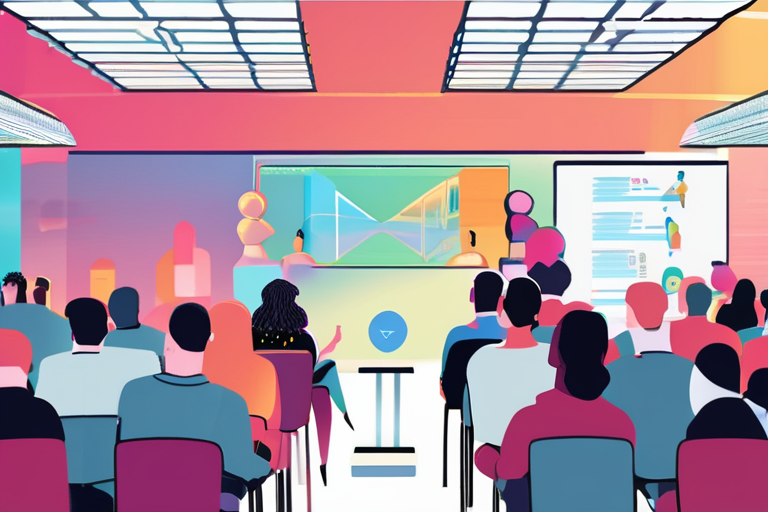




Share & Engage Share
Share this article